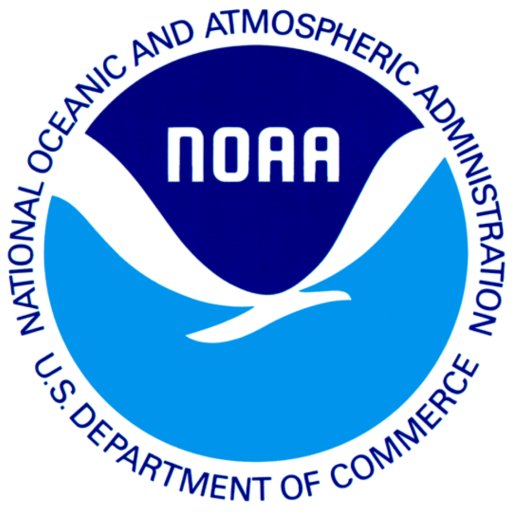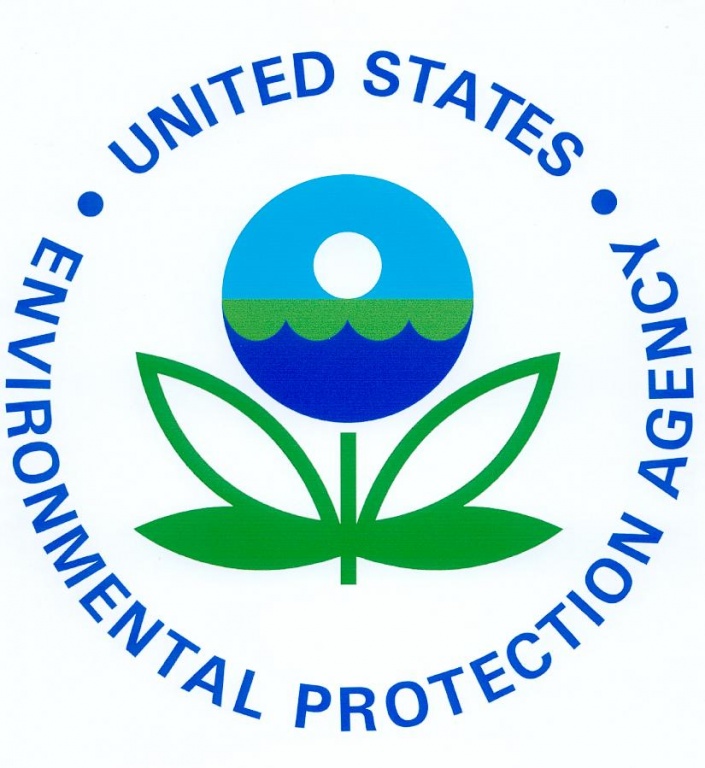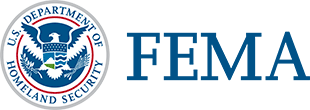In an effort to leverage shared resources and consult with other Federal agencies involved in coastal flood risk, FEMA is working with key contacts at the National Oceanic and Atmospheric Administration (NOAA), the U.S. Army Corps of Engineers (USACE), the U.S. Geological Survey (USGS), the U.S. Fish & Wildlife Service (USFWS), and the Environmental Protection Agency (EPA).

Department of Commerce’s National Oceanic and Atmospheric Administration (NOAA)
 The mission of the Department of Commerce’s National Oceanic and Atmospheric Administration (NOAA) is to understand and predict changes in climate, weather, oceans, and coasts; share that knowledge and information with others; and conserve and manage coastal and marine ecosystems and resources. To learn more about NOAA and their coastal tools/resources, please visit the NOAA Coastal Partner webpage.
The mission of the Department of Commerce’s National Oceanic and Atmospheric Administration (NOAA) is to understand and predict changes in climate, weather, oceans, and coasts; share that knowledge and information with others; and conserve and manage coastal and marine ecosystems and resources. To learn more about NOAA and their coastal tools/resources, please visit the NOAA Coastal Partner webpage.
The U.S Army Corps of Engineers (USACE)
 The U.S Army Corps of Engineers (USACE) coastal projects reduce vulnerability to storm surge and coastal erosion impacts. USACE projects and activities along the coast not only provide storm protection, but can also restore coastal ecosystems and facilitate navigation for commerce. For more information on the role of USACE in coastal projects and their available resources, go to the USACE Coastal Partner webpage.
The U.S Army Corps of Engineers (USACE) coastal projects reduce vulnerability to storm surge and coastal erosion impacts. USACE projects and activities along the coast not only provide storm protection, but can also restore coastal ecosystems and facilitate navigation for commerce. For more information on the role of USACE in coastal projects and their available resources, go to the USACE Coastal Partner webpage.
The U.S. Geological Survey (USGS)
 The U.S. Geological Survey (USGS) is a Federal science agency that provides impartial and reliable scientific information to describe and understand the Earth; minimize loss of life and property from natural disasters; manage water, biological, energy, and mineral resources; and enhance and protect our quality of life. Additional information, tools, and resources related to coastal risks are available at the USGS Coastal Partner webpage.
The U.S. Geological Survey (USGS) is a Federal science agency that provides impartial and reliable scientific information to describe and understand the Earth; minimize loss of life and property from natural disasters; manage water, biological, energy, and mineral resources; and enhance and protect our quality of life. Additional information, tools, and resources related to coastal risks are available at the USGS Coastal Partner webpage.
Coastal Barrier Resources Act (CBRA) Program
 The U.S. Fish and Wildlife Service maintains the Coastal Barrier Resources Act (CBRA) Program which encourages the conservation of hurricane-prone and biologically-rich coastal barriers by restricting Federal expenditures that encourage development, such as Federal flood insurance. Between 1983 and 2010, CBRA was projected to have saved over $1 billion in Federal dollars and will save millions more in the future. To learn more about the Coastal Barrier Resources Act, coastal related tools, and resources, please visit the USFWS CBRA Coastal Partner webpage.
The U.S. Fish and Wildlife Service maintains the Coastal Barrier Resources Act (CBRA) Program which encourages the conservation of hurricane-prone and biologically-rich coastal barriers by restricting Federal expenditures that encourage development, such as Federal flood insurance. Between 1983 and 2010, CBRA was projected to have saved over $1 billion in Federal dollars and will save millions more in the future. To learn more about the Coastal Barrier Resources Act, coastal related tools, and resources, please visit the USFWS CBRA Coastal Partner webpage.
Office of Sustainable Communities
 The Environmental Protection Agency’s Office of Sustainable Communities (OSC) collaborates with other EPA programs; Federal agencies; regional, State, and local governments; and a broad array of nongovernmental partners to help communities become stronger, healthier, and more sustainable through smarter growth and green building. This work helps to address the Agency’s priorities for water, air and the cleaning up of communities and substantially furthers the Administration’s objectives with respect to environmental justice. For additional information, please visit www.epa.gov/smartgrowth/.
The Environmental Protection Agency’s Office of Sustainable Communities (OSC) collaborates with other EPA programs; Federal agencies; regional, State, and local governments; and a broad array of nongovernmental partners to help communities become stronger, healthier, and more sustainable through smarter growth and green building. This work helps to address the Agency’s priorities for water, air and the cleaning up of communities and substantially furthers the Administration’s objectives with respect to environmental justice. For additional information, please visit www.epa.gov/smartgrowth/.
